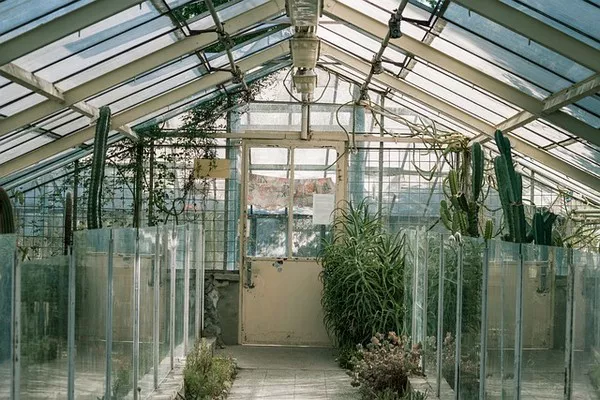The Filclair team is revolutionizing greenhouse cultivation with their innovative double-layered plastic greenhouse model, offering growers the unique opportunity to combine the benefits of semi-closed cultivation and plastic greenhouse facilities. Jelle Boeters, representing the Dutch subsidiary of Filclair, explains the advantages of this cutting-edge approach, emphasizing the high insulation value of double-layered plastic greenhouses and the fine-tuned control over the climate that semi-closed cultivation affords.
Boeters highlights that the combination of a climate corridor and a pad wall, which circulates treated outside air into the greenhouse, enables precise climate control down to the degree. This approach involves cooling the outside air to achieve the desired temperature within the greenhouse. The result is a reduced need for ventilation, translating into substantial savings on heating, cooling, and a significant reduction in CO2 emissions.
The outstanding insulation properties of double-layered plastic greenhouses, in conjunction with the availability of various greenhouse films that optimize natural light utilization, have generated demand for this innovative model in various global regions. Filclair has successfully tapped into markets such as Mexico and the United States, driven by the need for expansion and expertise in the field.
Filclair’s commitment to quality and precision is evident in their patented pressure sensor technology, which offers a marked improvement over guesswork methods employed by some competitors. Boeters points out that this innovation caters to the industry’s growing preference for accuracy and reliability, aligning with Filclair’s continuous research and development efforts aimed at enhancing conditions for crop growth, particularly in terms of light and photosynthesis.
The semi-closed greenhouse model with its climate corridor and pad wall is also gaining traction in regions facing challenges such as gas or water scarcity. This solution provides growers with an energy-efficient option, making it particularly valuable in regions with limited access to these vital resources.
Moreover, the newly introduced semi-closed model caters to growers’ requests for greater control over the cultivation environment. In regions with high humidity and temperature, such as parts of Asia, the enhanced control options offered by the semi-closed greenhouse prove invaluable. Boeters explains that while not all crops require such precise control, those that do necessitate isolation from the local climate. Air handling units in the semi-closed greenhouse allow for better management of humidity, meeting the needs of demanding crops while promoting efficient and sustainable cultivation practices.


